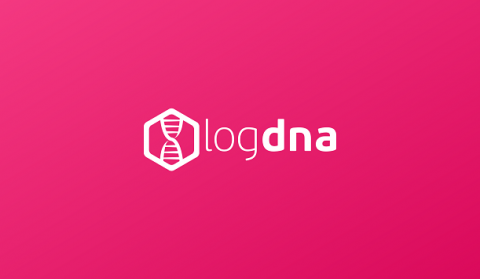Machine Learning in IT & Digital Operations: Why Now, And What to Keep in Mind
You’ve just recovered from a critical application outage and your team is being asked to report on root cause and recommended remediation steps later this afternoon. Can you quickly analyze all the data, identify all the leading events, and discern which one was responsible for the cascading failure?











